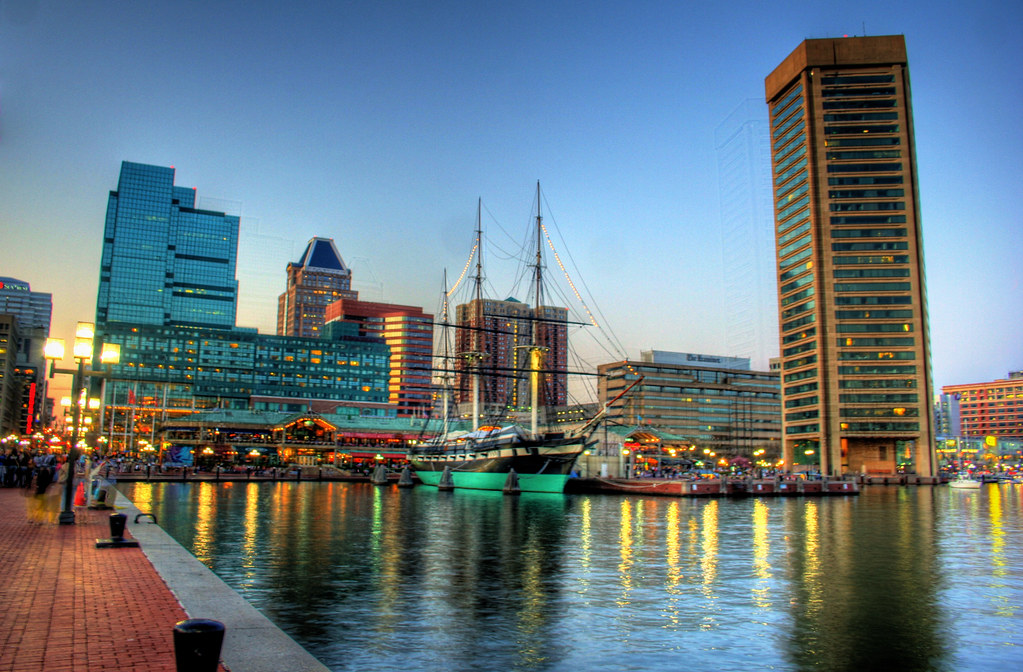Spotlight on Sustainability: Envision Lehigh Valley, PA

Easton, PA in the Lehigh Valley. Photo by Lehigh Valley, PA via Flickr.
A 2011 Regional Planning Grant from the Department of Housing and Urban Development (HUD) is helping Lehigh Valley, PA plan for a vibrant future.
Located conveniently between the Philadelphia and New York City metropolitan areas, the Lehigh Valley is currently home to approximately 650,000 people. The region’s population is projected to grow over the next 20 years by as much as 145,000 people, and the region wants to make sure it’s prepared for the demands such growth will bring.
Envision Lehigh Valley is doing just that. The three-year effort promoting a vibrant future for the region was made possible by a 2011 Regional Planning Grant from HUD. The project officially launched in July 2012 with a broad consortium of partners and five focus areas: affordable housing, regional economic development, access to fresh food, transportation, and climate and energy efficiency. The five focus areas will help inform a new comprehensive plan for the region.




 A local Binghamton resident’s idea for community improvement. Photo courtesty
A local Binghamton resident’s idea for community improvement. Photo courtesty 


